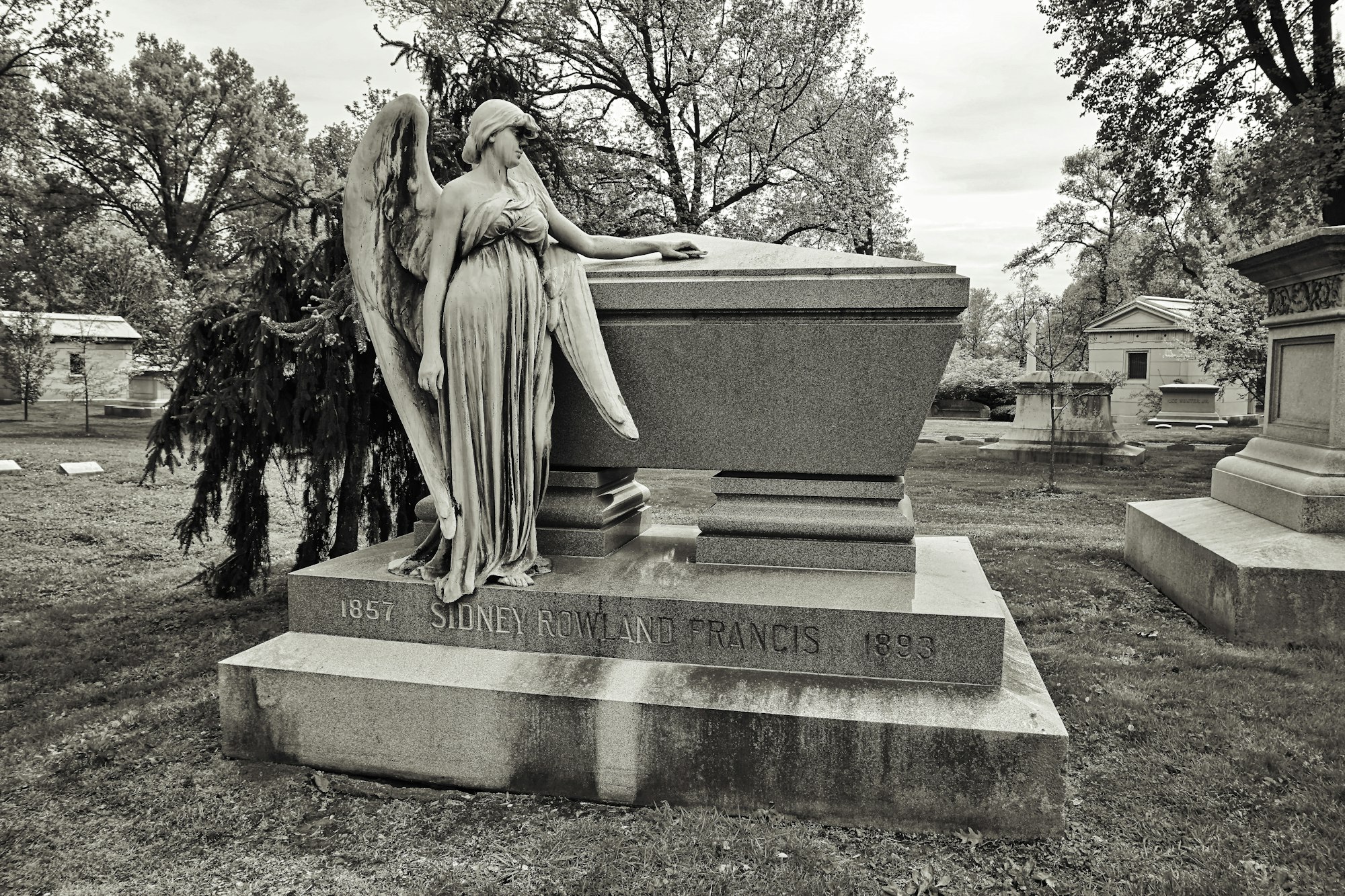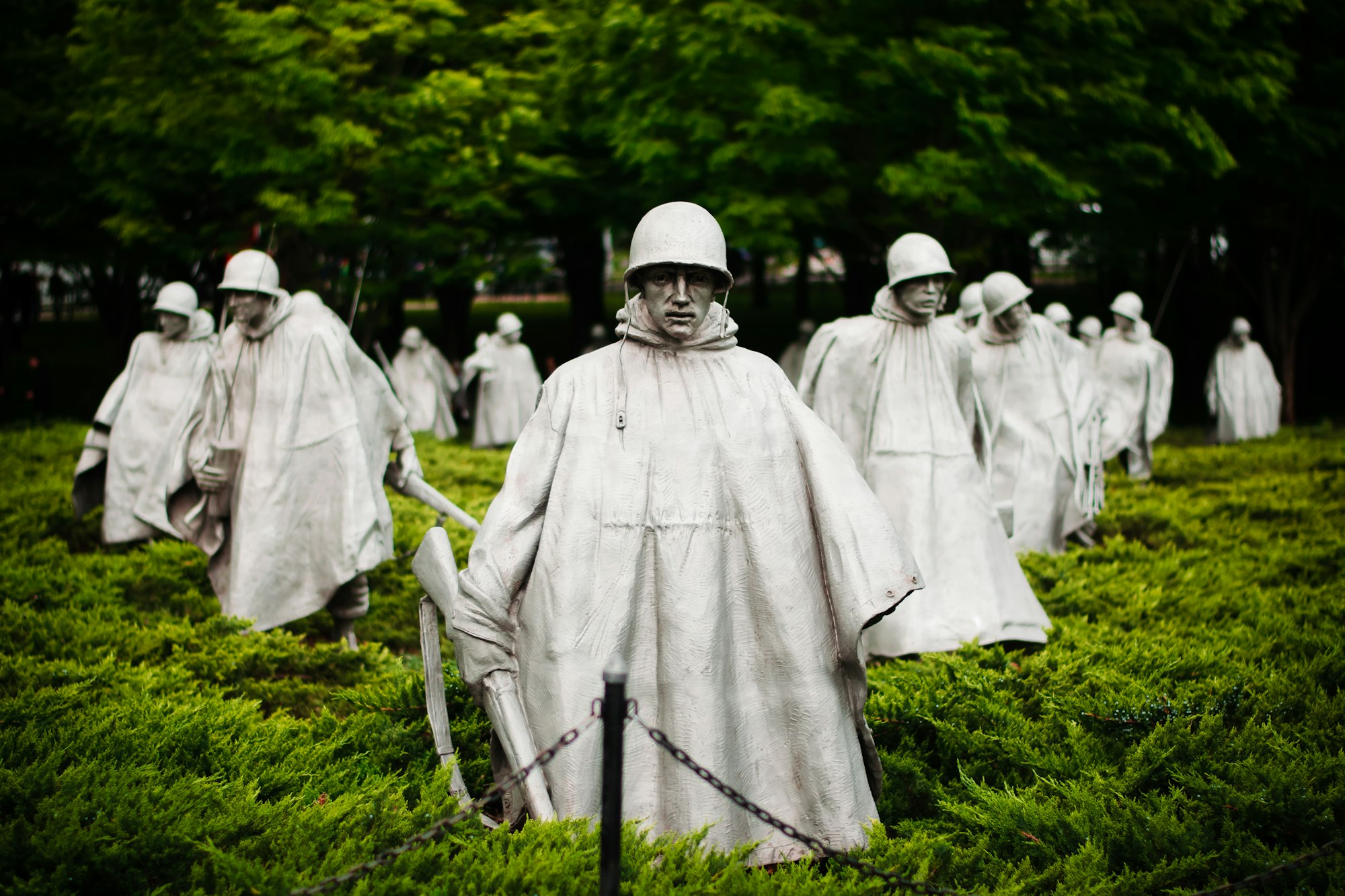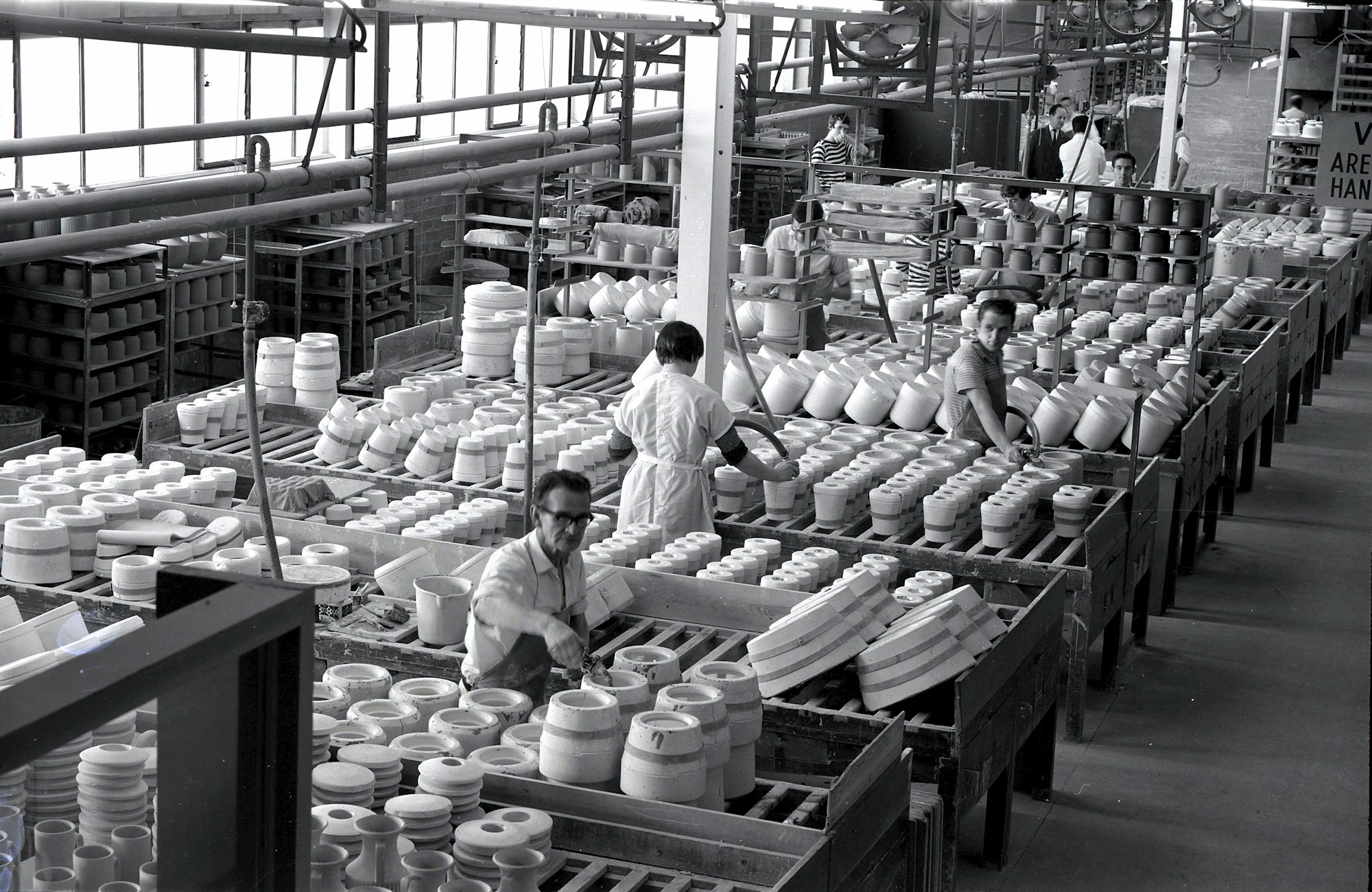Discover 10 Substitutes for Vital Records in Pennsylvania
Discover alternative sources for vital records in Pennsylvania. From funeral home records to church baptisms, burial records, probate records, and more, explore methods for finding birth, marriage, and death dates of ancestors when official vital records are unavailable.

When it comes to genealogy research, vital records are essential.
Vital records are the official documents which record significant life events such as births, marriages, and deaths. These records provide valuable information for tracing family history and connections between family members.
While traditional sources of vital records in Pennsylvania, such as state and county offices, are well-known, there are alternative sources that can offer additional insights and fill in the gap for a missing record.
In this article, we will explore ten alternative sources for vital records in Pennsylvania that can help when a vital record is not available.
1. Funeral Home Records
Funeral homes are where the recently deceased are prepared for burial or cremation. The practice of using a funeral home began early in the 19th century in Philadelphia, then spread to smaller towns by last half of the 19th century.
These records provide both the date of death for the deceased and the family members of the deceased. Additional details such as religion, fraternal organizations, and military service can all be captured in the files of the funeral home.
To located funeral home records, contact the local historical societies and genealogical societies in the area where your ancestor lived. These institutions also often preserve other unique records that are not found in traditional sources, including family Bibles, diaries, personal letters, and photographs.

2. Burial Records
Whether the deceased went through a funeral home or not, their final resting place is typically a cemetery.
There are four major types of cemeteries in Pennsylvania: church graveyards, private cemeteries managed by non-profits, family cemeteries on private property, and pauper cemeteries run by the local county. Even those who were cremated may have burial records for the cremains, or ashes.
In cities permits were required to bury a body in a cemetery. Philadelphia began keeping these records in 1803. Scranton, Reading, Bethlehem, Allentown, Harrisburg, and Pittsburgh also had rules on burials beginning in the mid-19th century.
Burial records can include: name of burial plot owner, date of purchase of the burial plot, who is interred in the plot and when, the cemetery headstone order and inscription, and additional family members as contacts. The best contact for these records is the cemetery itself, if it is still in operation, or the local historical society or genealogical society, if no longer operating.
3. Probate Records
Probate is the process of distributing the deceased assets after death. Probate occurs whether a person has a will detailing their instructions for distribution, or no will, also known as intestate.
Beginning in 1874 in Pennsylvania, an estate could not enter probate without proof of death, specifying the place and date of death. The form of this proof varied by county, the document will be one of the papers within the probate documents.
By law, the deceased estate must be distributed to the spouse and children, unless the deceased specified otherwise. Sometimes siblings, parents, in-laws, grandchildren, nieces, and nephews are mentioned in wills and in the probate process. These full probate packets will be found at the courthouse and are not online anywhere..
4. Church Baptisms
It was common practice to baptize infants within a month of their birth in Catholic and most Protestant churches. The minister or priest often noted in the church’s books the birth date of the child and parents’ names too.
If you are unsure which church your ancestors attended, start with a historical map and look for the closest churches. Then put on your detective hat to determine if that church still exists, if it changed names, and where the records would be. Local historical and genealogical societies are extremely helpful in this type of work.
For religions that did not practice infant baptisms, other practices done at specific ages can assist genealogists. The Jewish Bar Mitzvah at age 13 and the Quaker meeting minutes noting new “convinced” member’s birth dates, are two examples.

5. Family Bibles
Families would often write the birth, marriage, and death dates of their family members in the front pages of the family Bible. These Bibles are often passed down, mother to daughter. Researchers looking for these will find them with 2nd, 3rd, or 4th cousins.
Historical and genealogical societies in the counties of Pennsylvania often have photocopied pages of Bibles in their collections. Lineage societies such as Daughters of the American Revolution and Sons of the American Revolution, also keep copies of these Bible pages in their member applications.
6. Newspapers
Few things have transformed genealogy research as much as digitized newspapers and Optical Character Recognition (OCR).
OCR allows websites to “read” digital images and translate them into searchable text. OCR is not 100% perfect, but it’s much faster than reading newspapers image-by-image on microfilm. With digital images of newspapers and OCR, it is easy to type names into a search box and get hundreds of immediate results about deaths, marriages, and births (as well as many other topics).
What is often missed by Pennsylvania genealogy researchers. is the fact that only a small percentage of Pennsylvania newspapers have been digitized and made available online.
For example Centre County Library has the following 18 newspapers available: Bellefonte Daily News, Bellefonte Morning News, Bellefonte Patriot, Bellefonte Republican, Berichter Und Unzeiger, Centre Berichter, Centre Daily Times, Centre Democrat, Centre Reporter, Democratic Watchman, Democratic Whig, Howard Hustler, Keystone Gazette, Millheim Journal, Philipsburg Journal, Philipsburg Daily Journal, Snow Shoe Times, and Weekly Hornet.
But on Newspapers.com a researcher will only find 4 of those! If you need that obituary or marriage notice, going to the local libraries and genealogical societies is essential.

7. State and Federal Military Records
Military pension records are filled with details of service members and their families. It is common to find spouse’s and children’s names, dates of birth, places of birth, and dates of death for family members. Prior to the Civil War records are not as complete, but soldier’s ages were often provided.
Some examples of military records to seek for Pennsylvanian’s:
- World War 2 Draft Registration Cards available on Ancestry
- World War 1 Draft Registration Cards available on Ancestry
- Widow’s Pension Files and Dependent Pension Files on FamilySearch, some on Fold3
- Pennsylvania Veterans Compensation Application Files for all wars at the Pennsylvania State Archives, some on Ancestry
8. State Asylum and Prisoner Records
Lunatic asylums and prisons exploded in population post Civil War in the United States.
Starting in the late 19th century, the state of Pennsylvania opened asylums for people with mental health issues, sanatoriums for people with chronic diseases, and prisons or penitentiaries for convicted criminals.
Many of these state institutions are now closed in 2023. The Pennsylvania State Archive has been working to collect these institutional records and preserve them. Genealogy researchers will find in these files names, dates of birth or age, place of birth, and family members.
See the Pennsylvania State Archives website for details on how to request copies.
9. Mortality Schedules of the United States Census
For four federal censuses, deaths were recorded.
A special Mortality Schedule was part of the U.S. Census in 1850, 1860, 1870, 1880, and 1885 in selected territories. This addition to the census used by the federal government to assess death rates and causes prior to the implementation of death certificates in states.
Pennsylvania’s U.S. Federal mortality schedules survived intact.
The details in the mortality schedules include:
- Deceased's name
- Sex
- Age
- Color
- Whether widowed
- Place of birth
- Month in which the death occurred
- Profession, occupation, or trade
- Disease or cause of death
- Number of days ill
- Parents' birthplaces (1870)
- Place disease contracted and residency length (1880)
Ancestry has indexed the original images in “U.S., Federal Census Mortality Schedules, 1850-1885”.

10. Business Records
This is the most unusual record set for vital records details you’ve ever seen.
In each county of Pennsylvania there were businesses and industries which were central to the local economy. It could have been an iron furnace before 1870; a steel mill beginning in the 1870s; a late 19th century factory producing textiles, cigars, or home goods; or a local store of some kind. Most businesses recorded details of their employees, such as ages and places of birth. Employees would also request off work for marriages and deaths in the family, providing precious vital records details for genealogy researchers.
The records that remain of these places vary, but when you find them, it is so worth the effort. Local historical societies and university special collection libraries often hold these treasures.
The bonus information you get with these records? Details on an ancestors day-to-day work life. Invaluable for writing family history.
Conclusion
When traditional vital records such as birth certificates, marriage licenses, and death certificates are unavailable, these ten sources can act as a substitute. Genealogy researchers will find birth dates, marriage dates, and death dates in all these sources. These substitutes for vital records also act as a confirmation of existing vital record information providing additional evidence.
When you need proof of vital events, use these alternative sources for vital records.
And if you want to learn everything there is to know about birth, marriage, death, adoption, and divorce records in Pennsylvania from 1682 until today, check out my book, Pennsylvania Vital Records Research.
© 2019–2023 PA Ancestors L.L.C. and Denys Allen. All Rights Reserved.
